Intro
1959
1960
1961
1963
1967
1969
1970
1975
1977
1990
1991
1993
1996
1998
1999
2001
2002
2003
2004
2005
2006
2007
2008
2009
2010
2011
2012
2013
2014
2015
2016
Our story begins in 1923 in Surrey, England, where a boy named John Cooper was born. John often spent time working at his father’s garage and together they built one-off, single-seat rally racers called “Specials”.
With their limited resources in post-war England, and against the automotive fashion of the time (which tended to favour massive cars), the Coopers commissioned Sir Alec Issigonis to produce a compact vehicle that would be “for the people!” using John Cooper’s rear-engine chassis design to save on space. At the first dinner meeting, Issigonis sketched his ideas on a napkin (That’s right – the first Mini was designed on a napkin, over a dish of Bangers and Mash!). Unbeknownst to them, their new design would become a game changer in the motorsports world. The car drove beautifully; it was fast, agile, compact, and best of all, affordable.
The rest, one could say, is history. But before you dismiss this David and Goliath story, consider this: John Cooper’s Mini would place first in countless prolific races, including the Monte Carlo Rally in 1964, 1965, and 1967, against some of the biggest car manufacturers of the time. And that’s before going on to achieve a revered status around the world – with legions of devoted fans, millions of models on the road, and one European Car of the Century title.
Here’s the short story of how MINI grew from its humble beginnings in Longbridge, England to become one of the most iconic vehicles in the world.
"621 AOK" is the first Mini off the production line to be badged Morris. It was never sold, and is now kept at the Heritage Motor Centre, in Gaydon, UK.
Once a racer, always a racer: Firmly set on the idea of producing a Mini for competition purposes, racing car designer John Cooper made tentative approaches to Issigonis, selling the idea of a high-performance variation of the Mini. However, Sir Alec Issigonis still harboured a dream that his Mini was a car for every man: "These cars are not designed for competition use, they are a people's car." And Cooper was persistent. He chose to undermine Issigonis and opted for the assistance of George Harriman, who commissioned Cooper to make 1,000 Mini vehicles, with a two-pound royalty payment on each one sold. Eventually, 150,000 Mini Coopers were made.
The first Mini Convertible is produced by Crayford Engineering in Westerham, England.
In October of 1969, British Leyland revamped the design of the Mini with the Mini Clubman. Its newly designed radiator grille (with its own Clubman logo) spanned the entire width of the front of the car and was flanked by chrome-surround headlights. The Mini Clubman was designed to project a safer, more "grown-up" look. And it had actually grown: at 3.17 metres, the Mini Clubman was roughly 12 cm longer than its predecessor. Changes had also occurred on the inside. The dashboard of the Mini Clubman saw the centrally positioned speedometer replaced by two round instruments directly behind the steering wheel – and thus directly in front of the driver.
In addition to the saloon version, the Clubman Estate was also produced, replacing...
With over 5 million Classic Minis on the road, a panel of 130 international automotive journalists vote Mini “European Car of the Century”. For the international title, MINI places second, surpassed only by the Ford Model T.
Accompanied by the launch slogan, "Is it love?", the 1st generation MINI Cooper hit the streets. Wide-eyed and peerless, its clamshell bonnet and chrome-surround headlamps imparted a flashback to the original Mini "eyes", only this time with a slanting, raked-back design. Originally stemming from John Cooper's desire to make the Mini Cooper stand out even more on the racetrack, the contrasting roof with matching mirror caps went from Mini to MINI without sacrificing the distinct integrity of the design.
The car that you never grow out of had clearly grown up – and that...
The 1st generation MINI Cooper S sizzled onto the streets to complete the...
"A decade for Life, a decade against AIDS." Life Ball MINI with VIP signatures.
An athlete feels most at home on the racetrack, and the MINI Cooper S is no different...
The MINI Baker Street is stylish, bold, and not afraid of a little extravagance...
40,000 MINI vehicles sold in Canada.
Our story begins in 1923 in Surrey, England, where a boy named John Cooper was born. John often spent time working at his father’s garage and together they built one-off, single-seat rally racers called “Specials”.
With their limited resources in post-war England, and against the automotive fashion of the time (which tended to favour massive cars), the Coopers commissioned Sir Alec Issigonis to produce a compact vehicle that would be “for the people!” using John Cooper’s rear-engine chassis design to save on space. At the first dinner meeting, Issigonis sketched his ideas on a napkin (That’s right – the first Mini was designed on a napkin, over a dish of Bangers and Mash!). Unbeknownst to them, their new design would become a game changer in the motorsports world. The car drove beautifully; it was fast, agile, compact, and best of all, affordable.
The rest, one could say, is history. But before you dismiss this David and Goliath story, consider this: John Cooper’s Mini would place first in countless prolific races, including the Monte Carlo Rally in 1964, 1965, and 1967, against some of the biggest car manufacturers of the time. And that’s before going on to achieve a revered status around the world – with legions of devoted fans, millions of models on the road, and one European Car of the Century title.
Here’s the short story of how MINI grew from its humble beginnings in Longbridge, England to become one of the most iconic vehicles in the world.
"621 AOK" is the first Mini off the production line to be badged Morris. It was never sold, and is now kept at the Heritage Motor Centre, in Gaydon, UK.

Mk I (1959-67)
Once a racer, always a racer: Firmly set on the idea of producing a Mini for competition purposes, racing car designer John Cooper made tentative approaches to Issigonis, selling the idea of a high-performance variation of the Mini. However, Sir Alec Issigonis still harboured a dream that his Mini was a car for every man: "These cars are not designed for competition use, they are a people's car." And Cooper was persistent. He chose to undermine Issigonis and opted for the assistance of George Harriman, who commissioned Cooper to make 1,000 Mini vehicles, with a two-pound royalty payment on each one sold. Eventually, 150,000 Mini Coopers were made.
The first Mini Convertible is produced by Crayford Engineering in Westerham, England.
In October of 1969, British Leyland revamped the design of the Mini with the Mini Clubman. Its newly designed radiator grille (with its own Clubman logo) spanned the entire width of the front of the car and was flanked by chrome-surround headlights. The Mini Clubman was designed to project a safer, more "grown-up" look. And it had actually grown: at 3.17 metres, the Mini Clubman was roughly 12 cm longer than its predecessor. Changes had also occurred on the inside. The dashboard of the Mini Clubman saw the centrally positioned speedometer replaced by two round instruments directly behind the steering wheel – and thus directly in front of the driver.
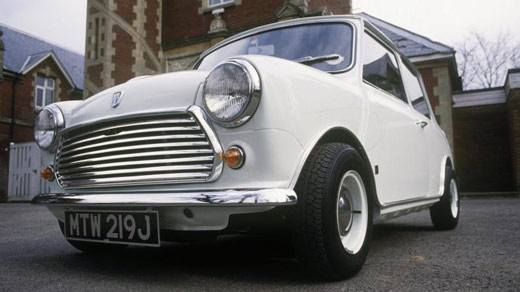
Mini Cooper S – Mk III (1970-71)
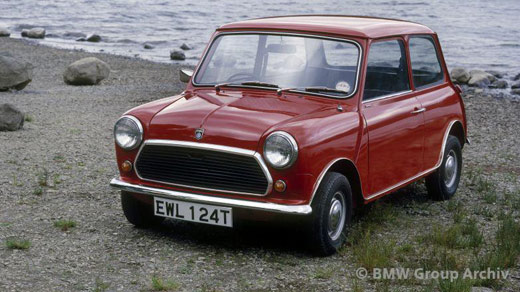
Mini 850 – Mk IV

Mini Cooper 1.3 – Mk IV (1990-91)
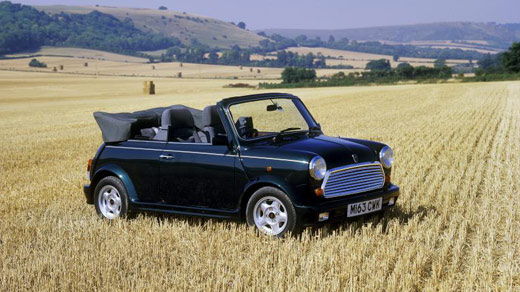
Mini Cabriolet

Mini Cabriolet – Mk IV
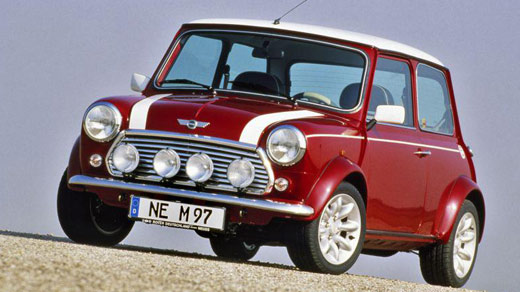
Mini Cooper 1.3L – Mk VII (1996-2000)
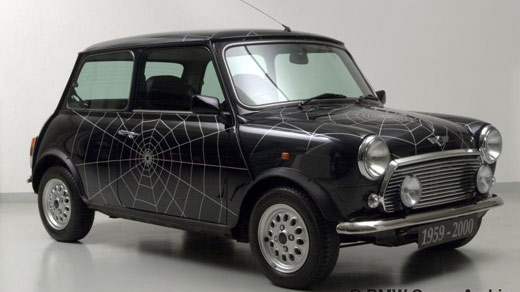
Designer – Kate Moss
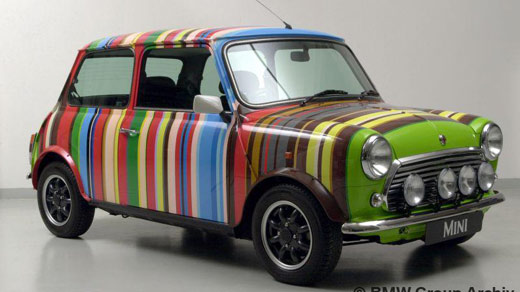
Designer – Paul Smith
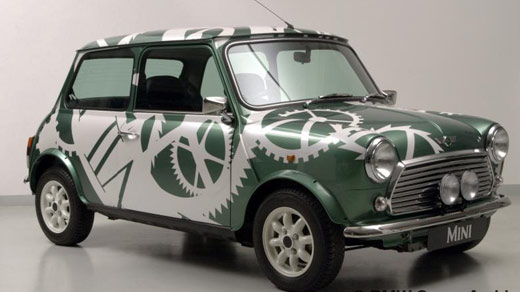
Designer – Time Machine
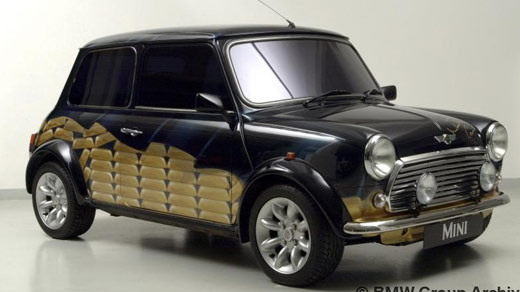
Designer – Natasha Caine
With over 5 million Classic Minis on the road, a panel of 130 international automotive journalists vote Mini “European Car of the Century”. For the international title, MINI places second, surpassed only by the Ford Model T.
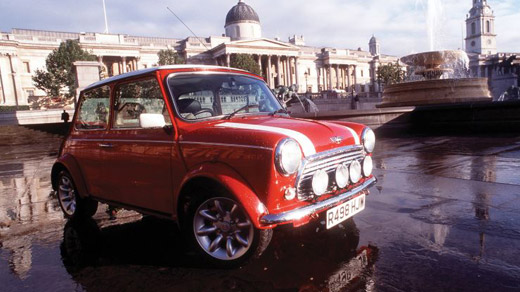
European Car of the Century
Accompanied by the launch slogan, "Is it love?", the 1st generation MINI Cooper hit the streets. Wide-eyed and peerless, its clamshell bonnet and chrome-surround headlamps imparted a flashback to the original Mini "eyes", only this time with a slanting, raked-back design. Originally stemming from John Cooper's desire to make the Mini Cooper stand out even more on the racetrack, the contrasting roof with matching mirror caps went from Mini to MINI without sacrificing the distinct integrity of the design.
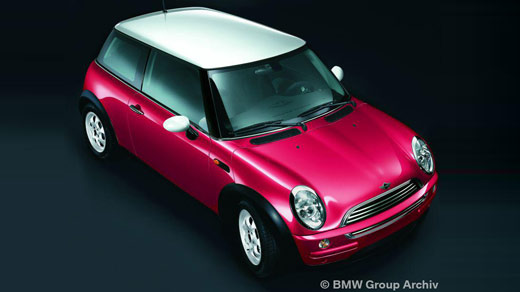
MINI Cooper
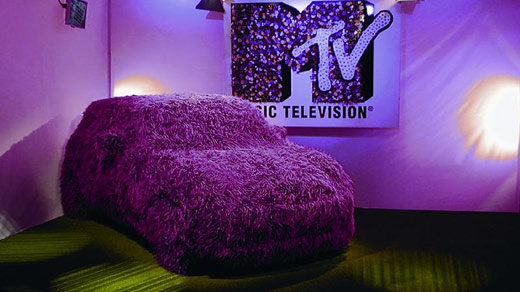
Flokati MINI
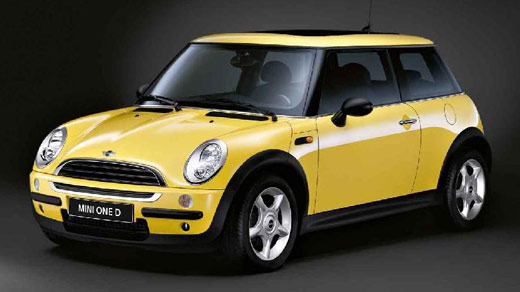
MINI One D – 1st generation model
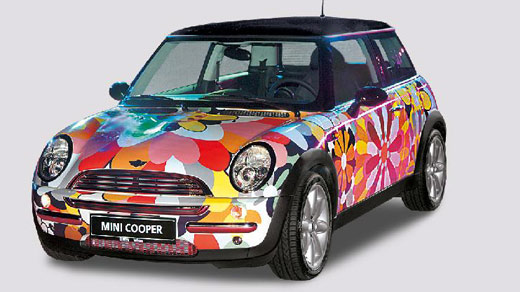
Missoni MINI
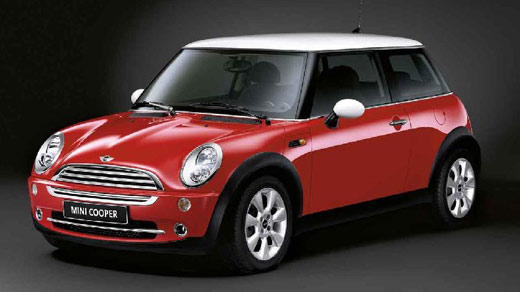
MINI Cooper
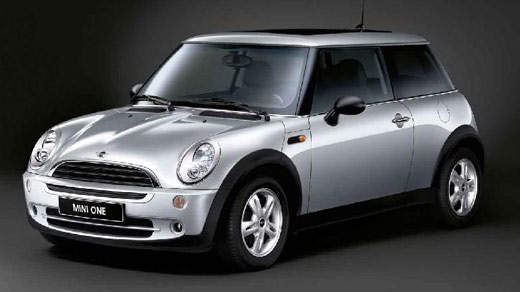
MINI One

MINI Cooper S
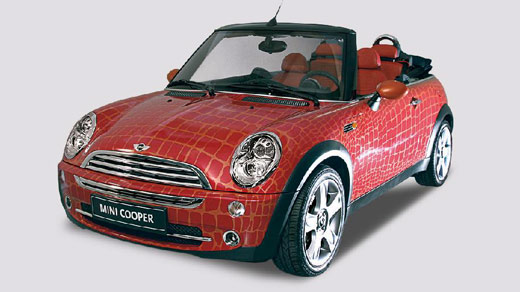
Gianfranco Ferré MINI

MINI Cooper Cabrio
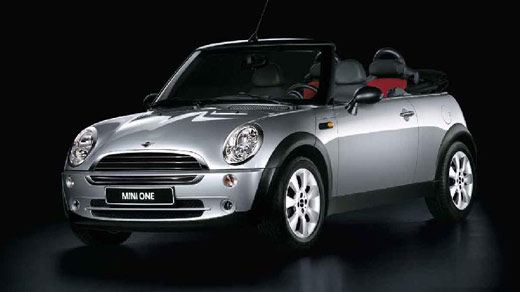
MINI One Cabrio
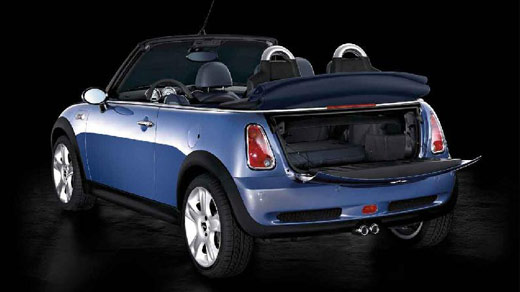
MINI Cooper S Cabrio
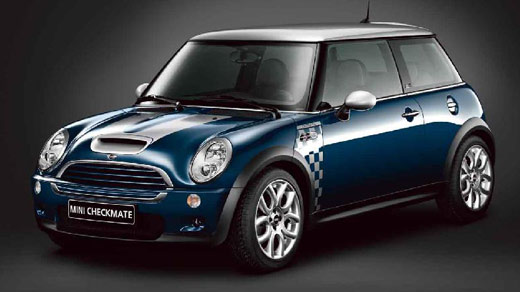
MINI Cooper S Cabrio
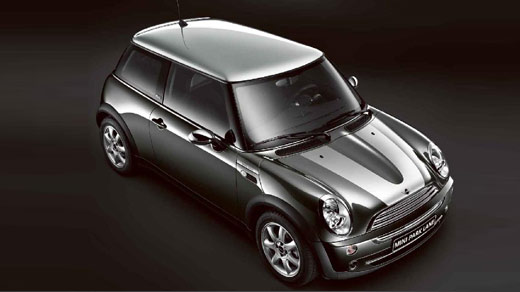
MINI Cooper Park Lane

MINI Cooper Seven
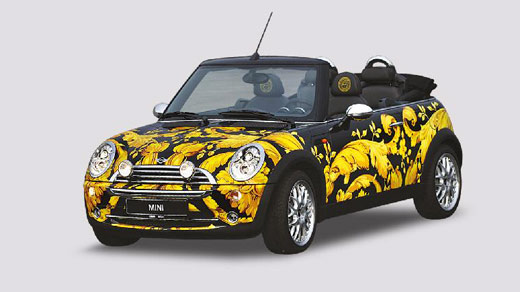
Versace MINI
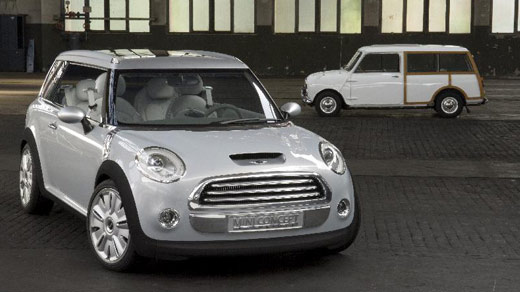
MINI Concept Frankfurt
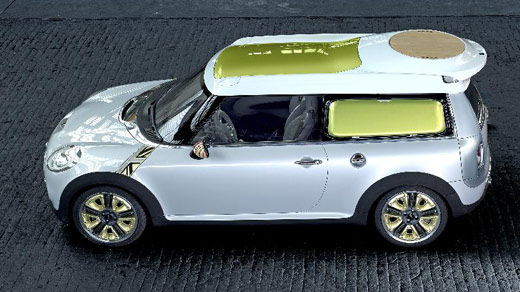
MINI Concept Tokyo
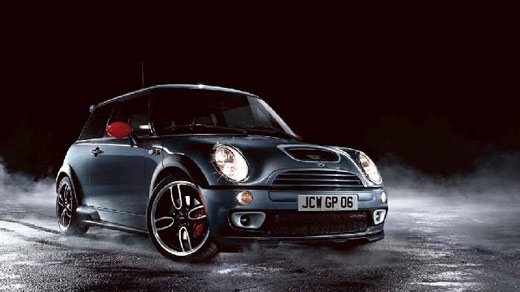
MINI Cooper S with MINI John Cooper Works
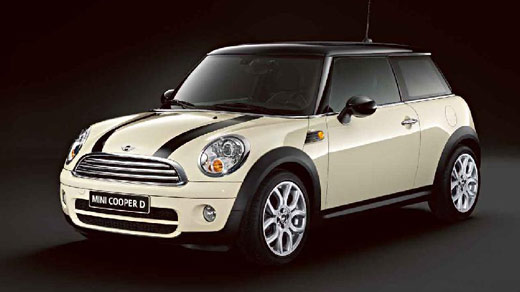
MINI Cooper D

MINI John Cooper Works Challenge
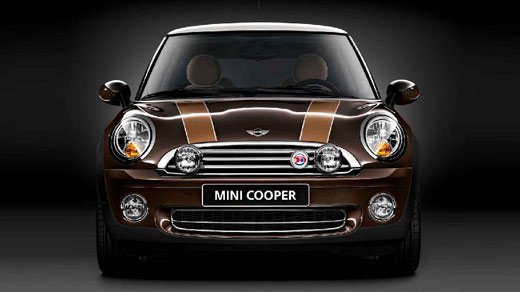
MINI One Clubman
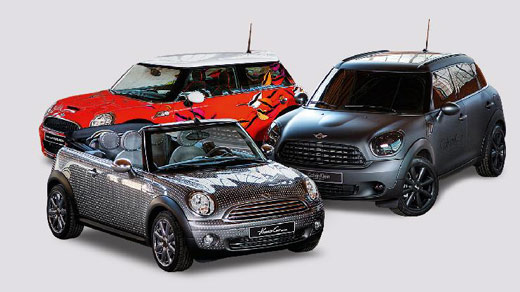
MINI Calvin Klein Collection

MINI Countryman
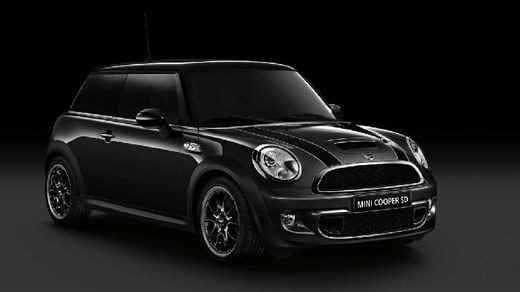
MINI Cooper SD

MINI Coupé and MINI Roadster launch
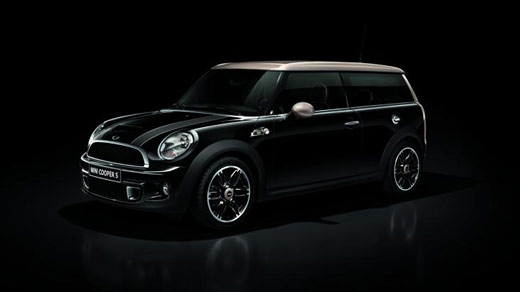
Bond Street
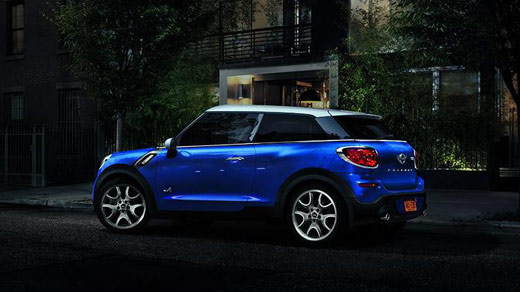
MINI Paceman

MINI JCW GP 2
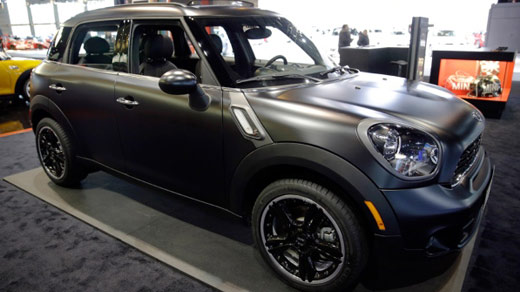
MINI Cooper S Countryman ALL4
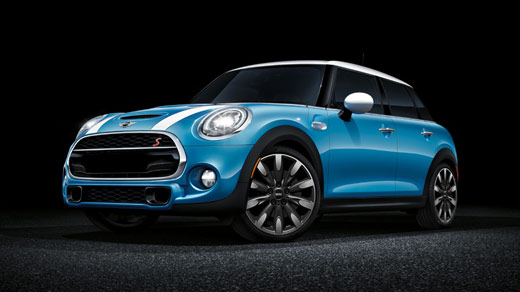
MINI 5 Door
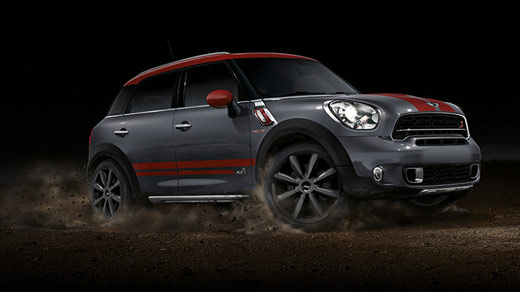
MINI Countryman Park Lane Edition

The New MINI Clubman

The New MINI Convertible
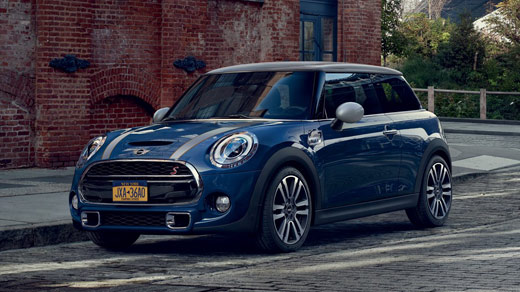
MINI Seven Edition
Book A Test Drive
Vehicle Service Information
STAY IN THE KNOW.
TRADE-IN REQUEST